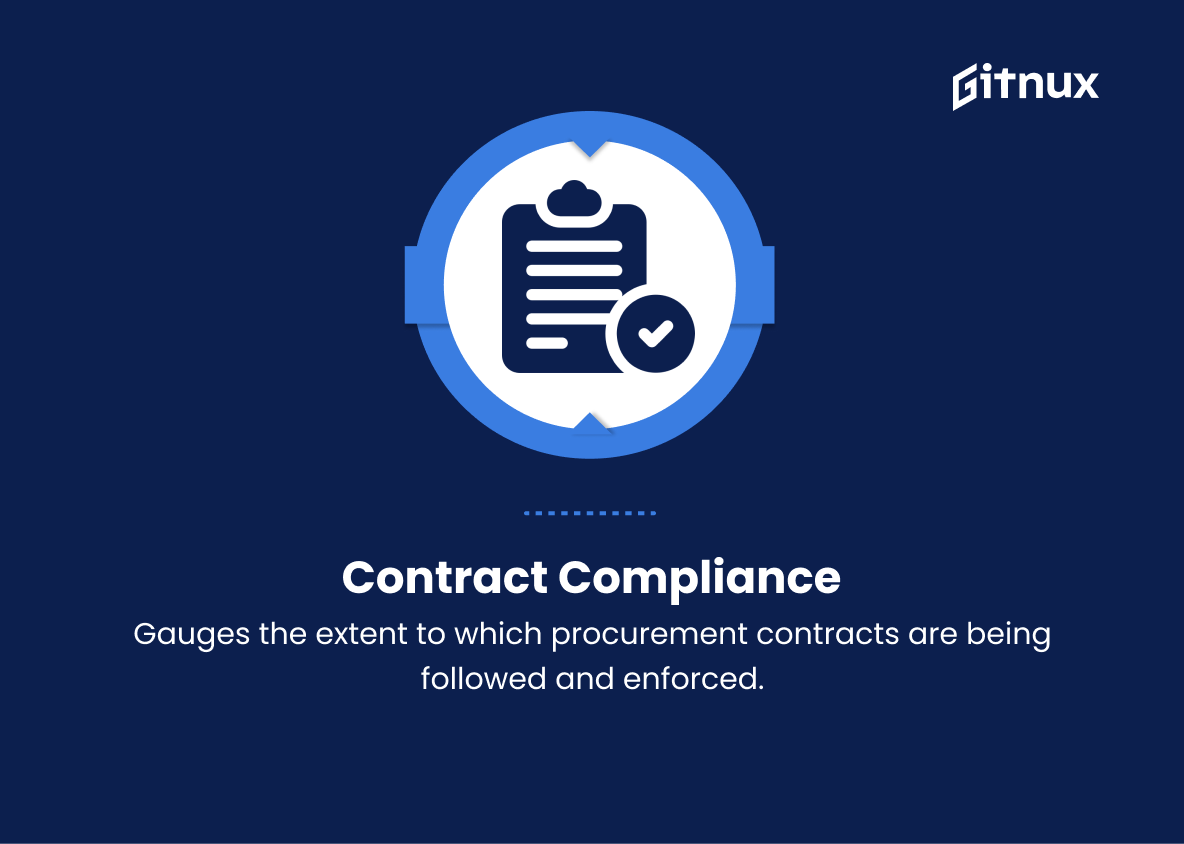In today’s fiercely competitive global economy, businesses are constantly striving for improvement and optimization, pushing the boundaries to enhance their overall profitability and success. One area that’s often overlooked, but nevertheless holds tremendous potential to deliver tangible results, is strategic sourcing. Keenly aware of the fact that measurable outcomes drive continuous improvements, this blog post delves into the critical subject matter of Strategic Sourcing Metrics.
We aim to provide you with valuable insights and perspectives to better understand how these metrics can empower organizations to make informed decisions, streamline procurement processes, and ultimately, maximize the return on investment in their supply chain. Join us as we uncover the key metrics to tracking and evaluating the effectiveness of your strategic sourcing efforts, and explore best practices for implementing a robust performance measurement framework that drives continuous success.
Strategic Sourcing Metrics You Should Know
1. Spend under management
Measures the percentage of an organization’s total spend that is actively managed according to a strategic sourcing plan. Higher percentages indicate a more efficient procurement process.
2. Spend by category
Analyzes the allocation of procurement spend across categories or business units, helping identify opportunities for consolidations, cost reductions, and process improvements.
3. Supplier concentration
Examines the percentage of spend with a specific supplier or a small number of suppliers. High supplier concentration can be a risk, but it also points to potential leverage in negotiations for better terms.
4. Cost savings
Tracks the total cost saved as a result of strategic sourcing initiatives. These savings can be achieved through reduced prices, improved quality, or increased efficiency.
5. Procurement ROI (Return on Investment)
Calculates the value generated from procurement investments compared to the cost of those investments. A high ROI indicates that procurement activities are adding value to the business.
6. e-Sourcing adoption
Measures the percentage of sourcing activities conducted through electronic tools and platforms. Higher adoption rates can indicate more efficient and streamlined processes.
7. Contract compliance
Gauges the extent to which procurement contracts are being followed and enforced. High levels of contract compliance can indicate strong supplier relationships, effective contract management, and reduced risk exposure.
8. Supplier performance
Evaluates suppliers based on criteria such as quality, cost, delivery, and responsiveness. High supplier performance scores can represent effective strategic sourcing processes that yield strong supplier relationships and better value for the organization.
9. Supplier diversity
Tracks the percentage of spend allocated to diverse suppliers such as minority-owned, women-owned, and small businesses. Greater supplier diversity is often linked to innovative solutions, increased competition, and reduced supply-chain risk.
10. Purchase order cycle time
Measures the time it takes from the issuance of a purchase order to delivery of goods or services. Shorter cycle times can lead to reduced product lead times, greater purchasing agility, and enhanced efficiencies.
11. Total cost of ownership (TCO)
calculates the complete cost of acquiring, owning, maintaining, and disposing of a product or service. By considering TCO rather than just initial upfront costs, organizations can make more informed strategic sourcing decisions.
12. Procurement cost per transaction
measures the average cost incurred for each procurement transaction (e.g., issuing a PO, receiving goods, and processing invoices). Lower costs per transaction can indicate increased efficiency in the procurement process.
Strategic Sourcing Metrics Explained
Strategic sourcing metrics are crucial to enhancing procurement efficiency and driving value in an organization. Spend under management, for instance, demonstrates the effectiveness of a strategic sourcing plan, while spend by category identifies areas of potential savings and improvements. Supplier concentration can reveal both risks and negotiation leverage, as higher cost savings from strategic sourcing initiatives improve the organization’s bottom line. Procurement ROI highlights the value created through procurement investments, and e-sourcing adoption showcases the streamlining of processes through technology.
Contract compliance reflects strong supplier relationships, and high supplier performance scores are indicative of mutually beneficial partnerships. Supplier diversity can spur innovation and reduce risk in the supply chain. Additionally, shorter purchase order cycle times increase purchasing agility, while total cost of ownership (TCO) enables better sourcing decisions. Lastly, monitoring procurement cost per transaction helps organizations identify efficiencies in the procurement process, ultimately resulting in cost savings and improved operations.
Conclusion
In summary, strategic sourcing metrics are crucial in evaluating the effectiveness and efficiency of a company’s sourcing and procurement activities. By understanding and utilizing these metrics, businesses can make better-informed decisions, optimize procurement processes, and create value for the organization.
As a path towards continuous improvement, companies must monitor, analyze, and adapt these metrics to remain competitive and achieve sustainable growth. Investing time and resources in developing accurate, relevant, and insightful strategic sourcing metrics will ultimately empower organizations to transform their sourcing operations and achieve the best outcomes for their business partners and bottom lines.












